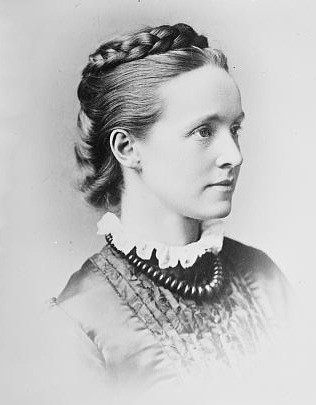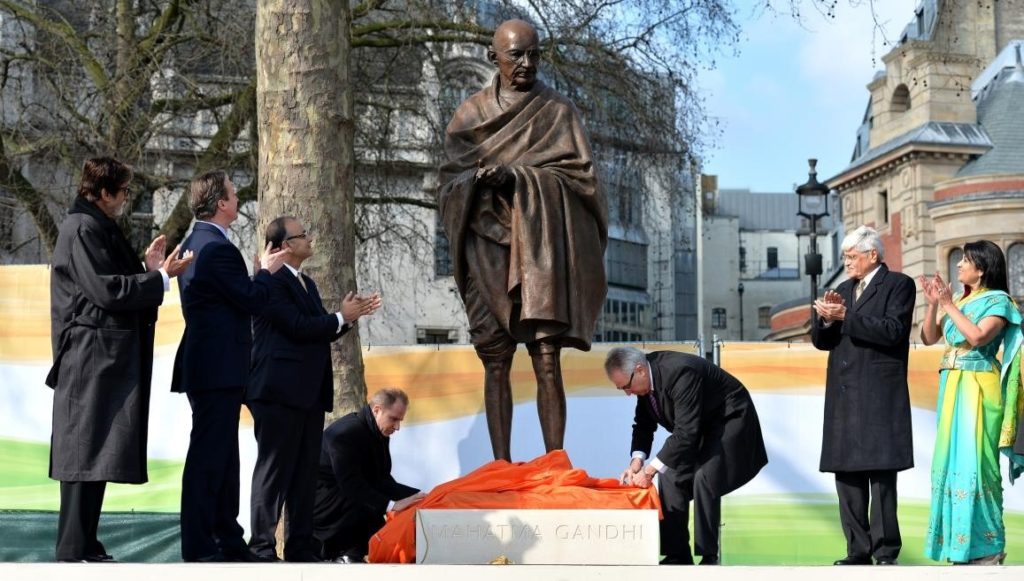PROJECT BRIEF
Marking the hundredth anniversary since British women won the right to vote – the first statue of a woman was to be erected in Parliament Square, London.
The honour goes to suffragist Dame Millicent Fawcett who campaigned tirelessly for the movement and now stands proud next to other significant world figures – Nelson Mandela, Gandhi, and Sir Winston Churchill.
Millicent’s strength is further bolstered by the firm foundations she is standing on. Foundation Engineers Roger Bullivant Limited (RB) delivered the piled foundation to support the statue.
KEY ISSUES
A bottom driven steel pile solution was adopted.
A major concern was possible damage to tree roots which had to be protected throughout the piling operation. RB was also conscious of security concerns at such a high profile location and the need to keep vehicle movements to a minimum.
SOLUTION
- The piled solution selected was designed to limit disruption in Parliament Square; a hive of tourist activity. It also reduced site traffic and the equipment needed on site.
- RB installed 9no 100mm diameter bottom driven steel piles to a depth of 4m to reach the river terrace gravels.
- By using more smaller piles, rather than fewer larger ones, it limited the amount of equipment on site and the disruption to the square.
- Piling works were also very close to trees in the square and any exposed tree roots had to be protected.
- This involved covering the exposed roots with a dampened hessian fabric to ensure they weren’t damaged throughout the work.
- RB also completed the foundations for the Mahatma Gandhi statue, situated adjacent to the new Millicent Fawcett statue. For the Gandhi statue, the company installed 16 bottom driven steel piles to depths between 4m to 6m to support the statue and the plinth it stands on. The statue was unveiled by, the then prime minister, David Cameron.
- Parliament Square Garden, designed by Sir Charles Barry in 1868, is part of an open green area at the northwest end of the Palace of Westminster. It features trees, statues of public officials and other notable individuals. As well as being one of London’s main tourist attractions, it is also a place where many demonstrations and political protests are held.
- “We had a non-working supervisor working on the site, to not only make sure the tree roots were protected with the damp hessian, but to manage the interface between the worksite and the general public,” said RB South East Mini-Piling Manager Oliver Dawson.
GROUNDBREAKING STATUE TO HISTORICAL CAMPAIGNER

Suffragist Dame Millicent Fawcett campaigned for women’s right to vote during the early 20th Century and is seen as one of the most influential feminists of the past 100 years.
-
- Born in 1847 in Suffolk, she was a pioneering feminist, intellectual and union leader, who campaigned for women’s right to vote.
- She was a suffragist – not a suffragette.
- She shared the same aims as the suffragettes – the more radical group led by Emmeline Pankhurst – but favoured non-violent protest.
- In 1897 she formed the National Union of Women’s Suffrage Societies.
- She also played a key role in the founding of Newnham College, the second Cambridge university college to admit women.
- In 1902, she led an all-female investigation into the appalling conditions in British concentration camps in South Africa, during the Boer War.
- Dame Millicent died in 1929, a year after women were granted the vote on equal terms to men.



